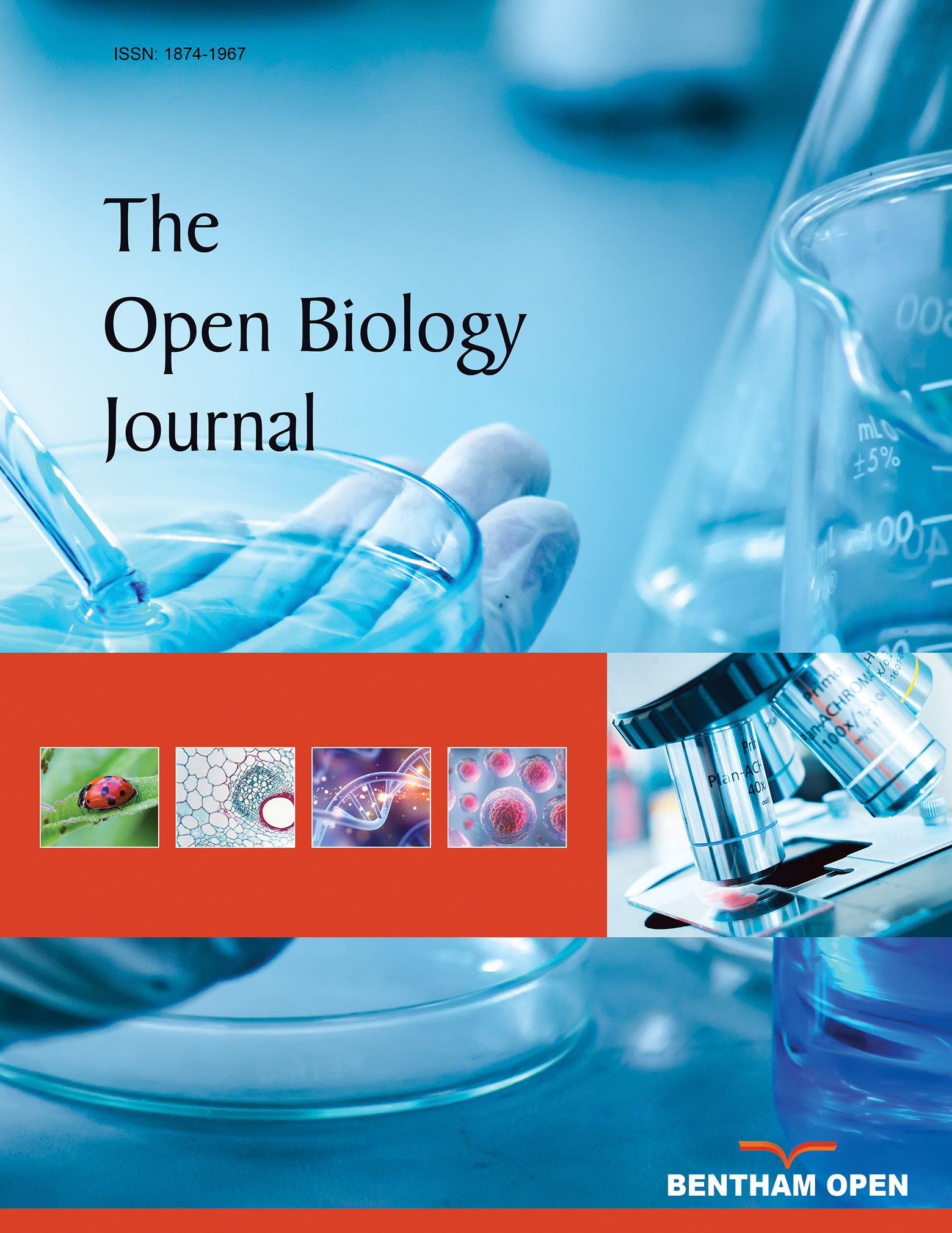All published articles of this journal are available on ScienceDirect.
Multiple Evolutionary Mechanisms Reduce Protein Aggregation
Abstract
The folding of polypeptides into stable globular protein structures requires protein sequences with a relatively high hydrophobicity and secondary structure propensity. These biophysical properties, however, also favor protein aggregation via the formation of intermolecular beta-sheets and, as a result, globular structure and aggregation are inextricable properties of protein polypeptides. Aggregates that are enriched in beta-sheet structures have been found in diseased tissues in association with at least twenty different human disorders and the effect of aggregation on protein function include simple loss-of-function but also often a gain of toxicity. Given both the ubiquity and the potentially lethal consequences of protein aggregation, negative selective pressure strongly minimizes aggregation. Various evolutionary strategies keep aggregation in check, including (1) the optimisation of the thermodynamic stability of the protein, which precludes aggregation by burial of the aggregation prone regions in solvent inaccessible regions of the structure, (2) segregation between folding nuclei and aggregation nuclei within a protein sequence, (3) the placement of so-called gatekeeper residues at the flanks of aggregating segments, that reduce the aggregation rate of (partially) unfolded proteins, and (4) molecular chaperones that target aggregation nucleating sequences directly, thereby further suppressing aggregation in a cellular environment. In this review we describe the intrinsic features built into protein sequence and structure that protect against aggregation.


